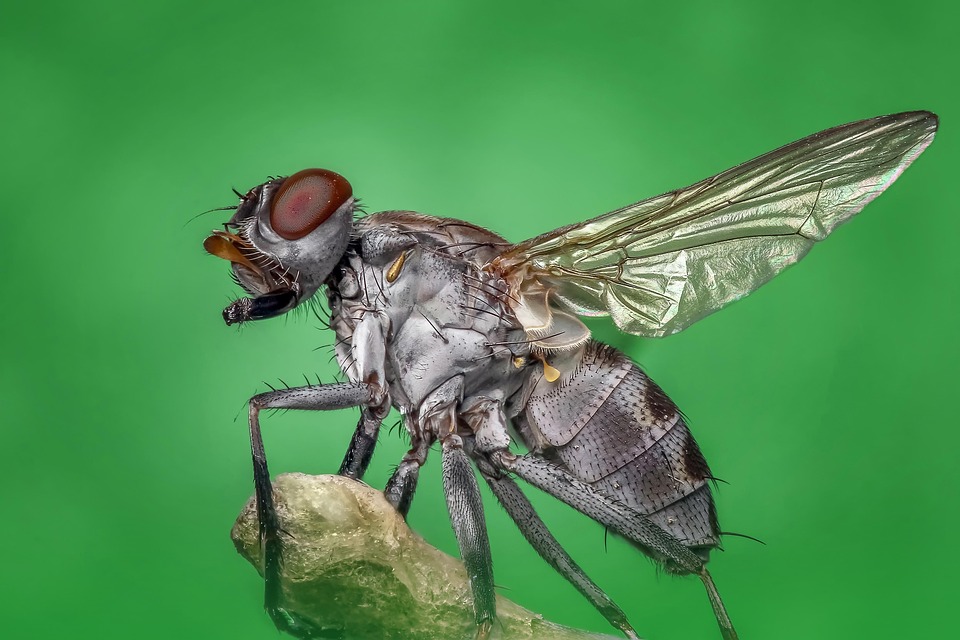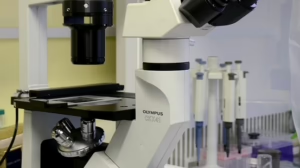Insect Architects: The Biology of Ant Colonies and Bee Hives
Insects have long captivated the imaginations of scientists and laypeople alike, not only because of their diversity and complexity but also because of their remarkable social structures and architectural abilities. Among the most fascinating of these are ant colonies and bee hives, which serve as prime examples of collective behavior and intricate design in the animal kingdom. This article explores the biology, behavior, and evolutionary significance of these two groups of social insects, illustrating how they function as sophisticated, self-organized systems.
The Anatomy of Social Insects
Ant Colonies
Ants belong to the family Formicidae and are often recognized for their complex social organization. Typically, an ant colony consists of a queen, her workers, and occasionally males during the breeding season. The roles within the colony are strictly defined: the queen lays eggs, the workers maintain the nest, forage for food, and care for the young, while males are primarily present for mating purposes.
A typical colony may consist of thousands or even millions of individuals, depending on the species and environmental conditions. Ants communicate primarily through pheromones—chemical signals that evoke specific behaviors in other ants, such as recruitment to food sources or alerting the colony to danger. This sophisticated form of chemical communication allows for efficient coordination among individuals, essential for the survival and functioning of the colony.
Bee Hives
Bees, particularly honeybees (Apis mellifera), also possess a complex social structure. A hive usually contains a single queen, thousands of female workers, and drones (males). The worker bees perform various duties, including foraging for nectar and pollen, building and maintaining the hive, and tending to the offspring.
Similar to ants, bees also rely heavily on chemical signals, but they supplement this with visual and auditory communication. For instance, the famous "waggle dance" performed by forager bees indicates the direction and distance of food sources to their nestmates. This combination of communication methods enhances the hive’s overall efficiency.
Architectural Mastery
Ant Nest Construction
Ants are known for their incredible nesting abilities, often creating complex underground structures. The architecture of an ant nest can vary significantly among species, but many share common features, such as chambers for brood care, food storage, and even fungal gardens in leafcutter ant colonies.
One of the remarkable aspects of ant nest construction is the collaborative effort involved. Workers use their mandibles and bodies to move soil and organic material, creating intricate networks of tunnels and chambers. Some species, like the army ants, take a more ephemeral approach, temporarily constructing nests with their bodies, forming living structures that can be relocated as needed.
The Role of the Environment: The construction of ant nests is often influenced by environmental conditions, including soil type, moisture levels, and temperature. Ants adapt their building techniques based on these factors, demonstrating the interplay between biology and habitat.
Bee Hive Architecture
Honeybee hives are no less impressive in their architectural complexity. Made primarily from beeswax, the hive consists of hexagonal cells built mainly for storing honey and pollen and for brood rearing. The hexagonal shape is an engineering marvel, allowing for maximum storage capacity with minimal building materials, thereby optimizing the space within the hive.
Beeswax is secreted by worker bees and manipulated into shape through their mandibles. This communal building effort is driven by innate behaviors, and the process is highly synchronized. Unlike ant nests, which are often hidden underground, bee hives can be quite visible, often found in trees, wall cavities, or man-made structures.
Versatility of Design: Some bee species, such as bumblebees, construct their nests in various locations, such as abandoned rodent burrows or under the foliage of plants. This adaptability demonstrates the versatility of bees and their ability to exploit available resources for nesting.
Behavioral Dynamics
Division of Labor
In both ant colonies and bee hives, there exists a clear division of labor, allowing for increased efficiency and productivity. This division is not static; individual roles can change based on factors such as age, time of year, and environmental conditions. For instance, in honeybee colonies, younger bees typically start as nurse bees caring for larvae before transitioning to foragers as they age.
In ants, the division of labor may also be influenced by environmental factors or the needs of the colony. Some studies indicate that the availability of food can lead to shifts in worker roles, with more ants participating in foraging activities when food sources are scarce. This level of flexibility is critical for the survival of the colony.
Communication and Coordination
Effective communication is key to the success of both ant colonies and bee hives. As previously mentioned, pheromones play an essential role in this communication. For instance, when a forager ant finds food, it leaves a pheromone trail back to the nest, allowing other ants to follow it to the food source. Similarly, worker bees use pheromones to signal alarm, identify the queen and maintain social order.
Moreover, visual signals are vital among honeybees. The waggle dance not only communicates the location of food but also provides information about the quality and quantity of the food source, which helps the colony to make informed foraging decisions.
Evolutionary Implications
Social Evolution
The evolution of social behaviors in ants and bees has sparked considerable interest among researchers. The emergence of complex social structures is believed to have conferred significant advantages in terms of survival and reproduction. By working cohesively in colonies, ants and bees can exploit resources more effectively, defend against predators, and endure environmental challenges.
Kin Selection and Group Living: The concept of kin selection, where individuals are more likely to assist relatives, has been proposed as a critical driving force behind the evolution of sociality. In ant colonies and bee hives, many workers are closely related to the queen, thus promoting cooperation for the colony’s success.
Co-evolution with Plants
Ants and bees are not only adept architects and social organisms; they also play crucial roles in ecosystem dynamics. Both groups are essential pollinators, supporting plant reproduction and contributing to biodiversity. Their evolutionary histories are closely intertwined with that of flowering plants, leading to a co-evolutionary relationship where plants have developed traits that attract these pollinators.
In return, ants contribute to ecosystem health by controlling pests and recycling nutrients. Some plants even have evolved mutualistic relationships with ants, providing them with food rewards in exchange for protection against herbivores.
Conclusion
Ants and bees exemplify the complexities and marvels of social insects. Their intricate behaviors, architectural capabilities, and role in ecological systems emphasize their importance beyond mere curiosities of nature. By studying these remarkable insects, researchers continue to uncover insights into social evolution, communication, and environmental interactions.
As we face challenges in biodiversity loss and habitat destruction, understanding and appreciating the intricate lives of ant colonies and bee hives can foster a greater awareness of our interconnectedness with the natural world. The lessons learned from these tiny architects may inspire us to work together more effectively, drawing parallels from their complex social structures to enhance our collective efforts in preserving our planet.
References
- Hölldobler, B., & Wilson, E. O. (1990). The Ants. Harvard University Press.
- Seeley, T. D. (1995). The Wisdom of the Hive: The Social Physiology of Honey Bee Colonies. Harvard University Press.
- Wilson, E. O. (1987). The Insect Societies. Harvard University Press.
- Tschinkel, W. R. (2004). The nest architecture of the fire ant, Solenopsis invicta: A study in autonomous construction. Insectes Sociaux, 51(2), 123-113.
- Goulson, D. (2003). An overview of the life history and ecology of bumblebees. Bumblebee Ecology. The Natural History Museum.
- Thompson, J. N. (2005). The Geographic Mosaic of Coevolution. University of Chicago Press.
This article provides a comprehensive look at the fascinating lives of ant colonies and bee hives, encapsulating their biological, ecological, and architectural wonders. Whether inspired by their collective intelligence, communication skills, or architectural prowess, it’s clear that social insects offer a wealth of insights into the natural world.


























Add Comment